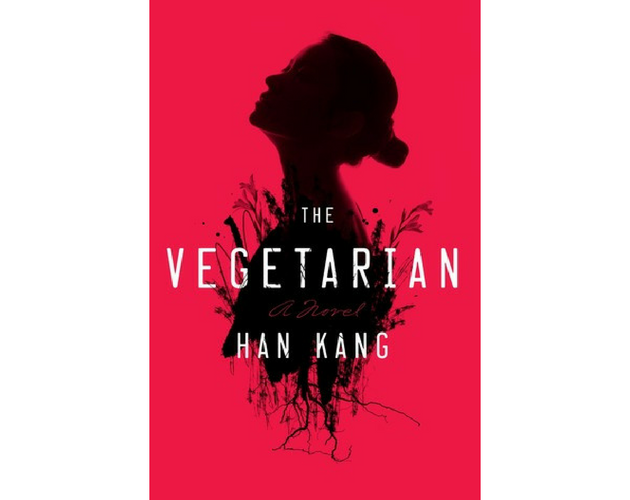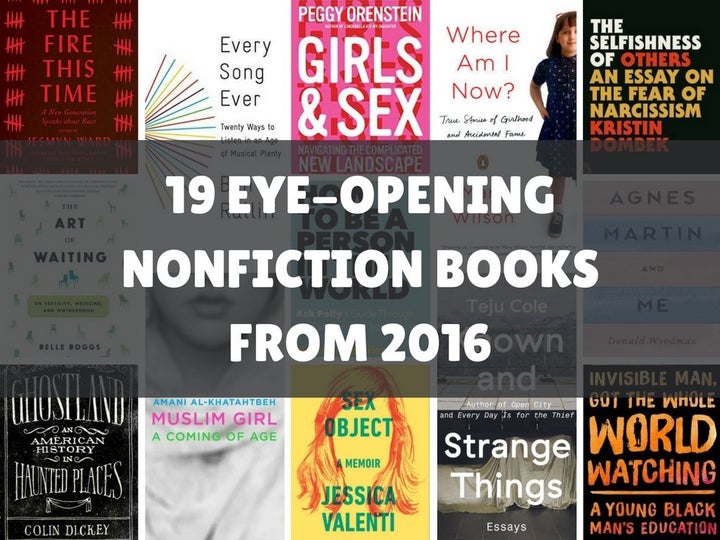
While we do love our fiction at HuffPost Arts & Culture, 2016 ushered in ample nonfiction work that’s just as worthy of your time and eyeballs.
What many need after a drawn-out and frightening election season are resources to unplug and reconnect to our humanity. The sprawling category of “nonfiction” works in the universe could fit the bill for anyone’s particular reading needs, with authors providing insight and elucidation to the true world around us. In a time when the fleeting pace of newsfeeds and the viruslike spread of fake news dominates headlines, it can be a relief to reflect on and learn from a static, thorough object like a book.
If you’re looking to sink deep into a life story, or simply allow your mind to open up to an experience that’s unlike your own, consider these 19 selections from HuffPost writers.
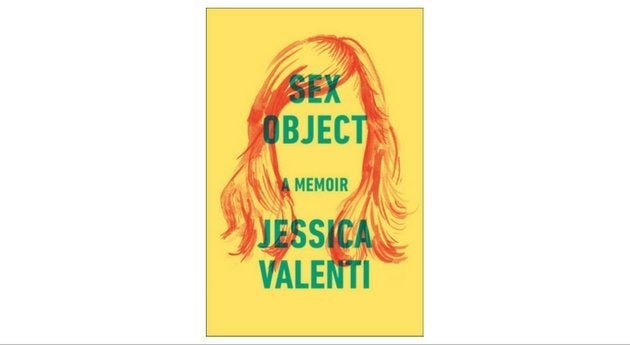


Read our interview with Belle Boggs.
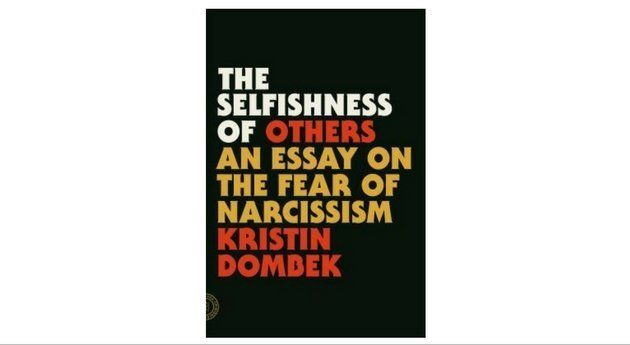

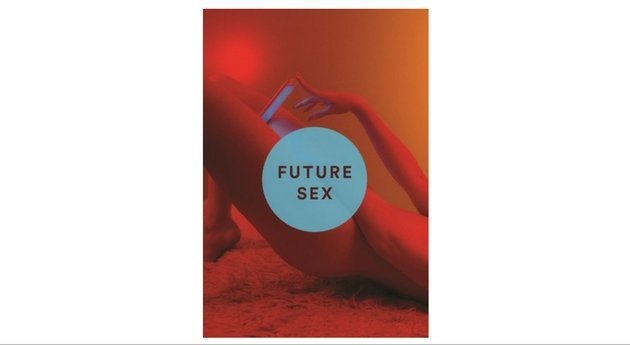
Read our review of Future Sex.
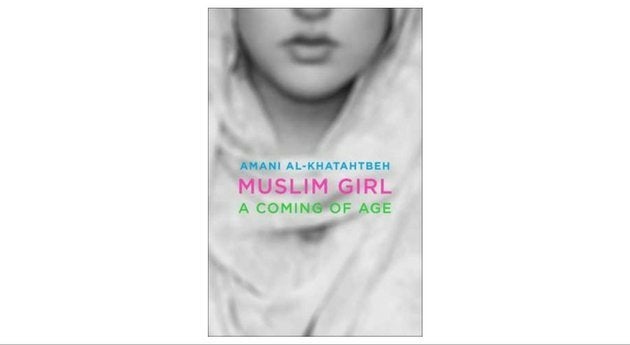
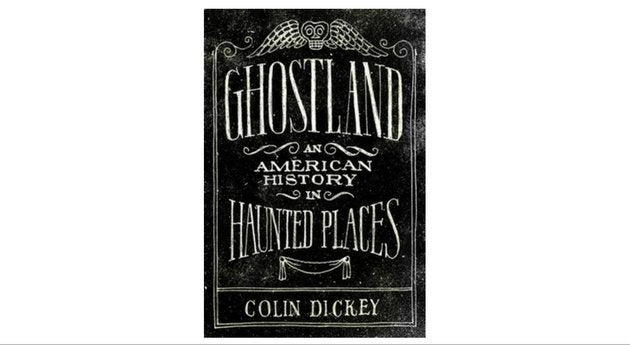
Read our review of Ghostland.

Read our interview with Heather Havrilesky.
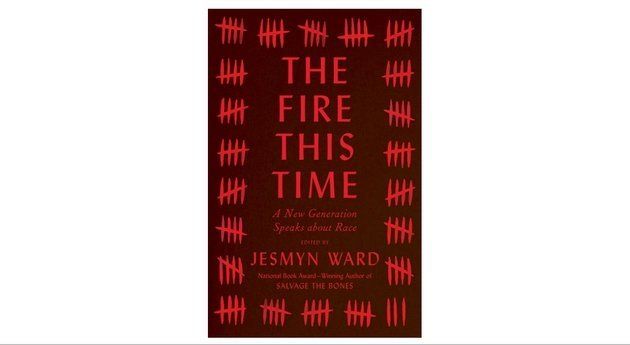
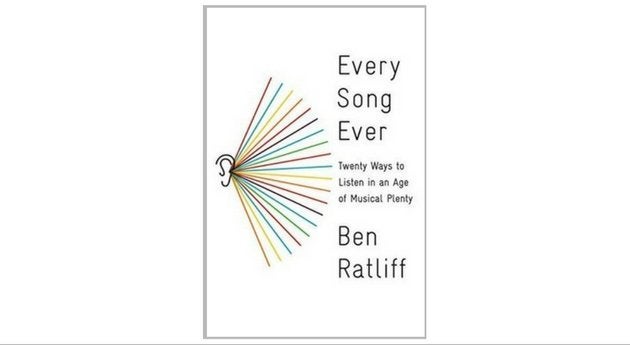

Read our interview with Sarah Glidden.

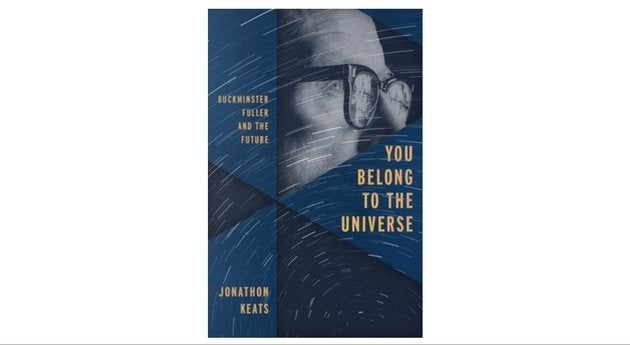
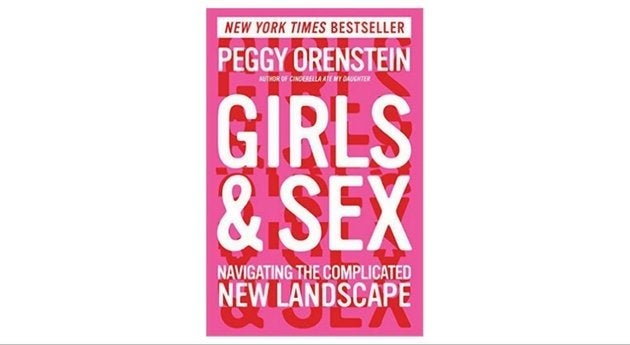
Read our review of Girls & Sex.
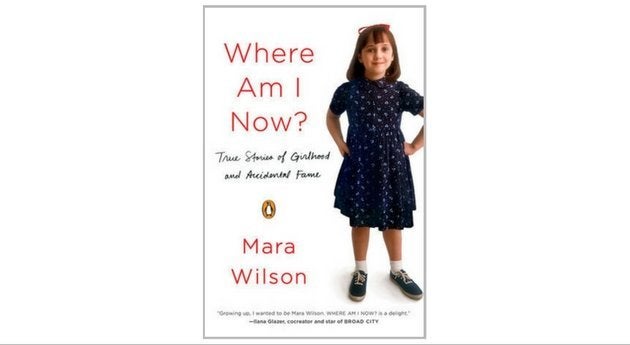
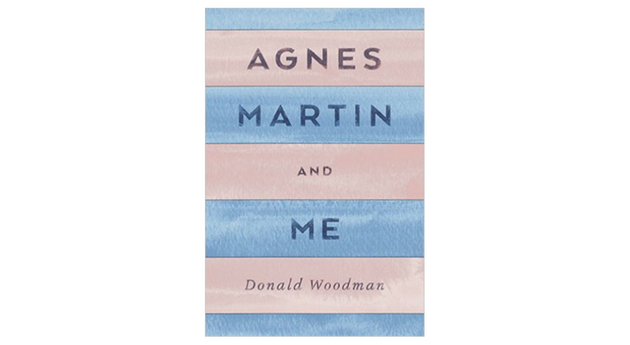

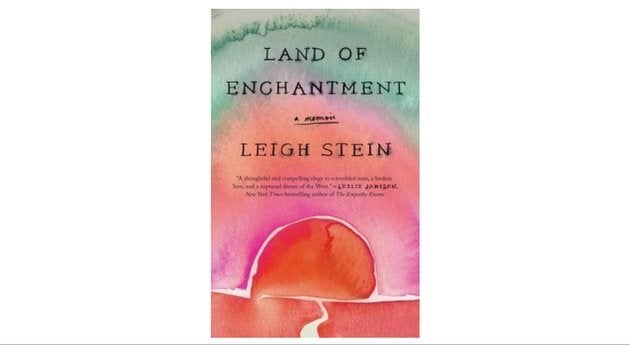
Read our interview with Leigh Stein.
Writing contributed by Claire Fallon, Maddie Crum, Priscilla Frank, Katherine Brooks and Jillian Capewell.

